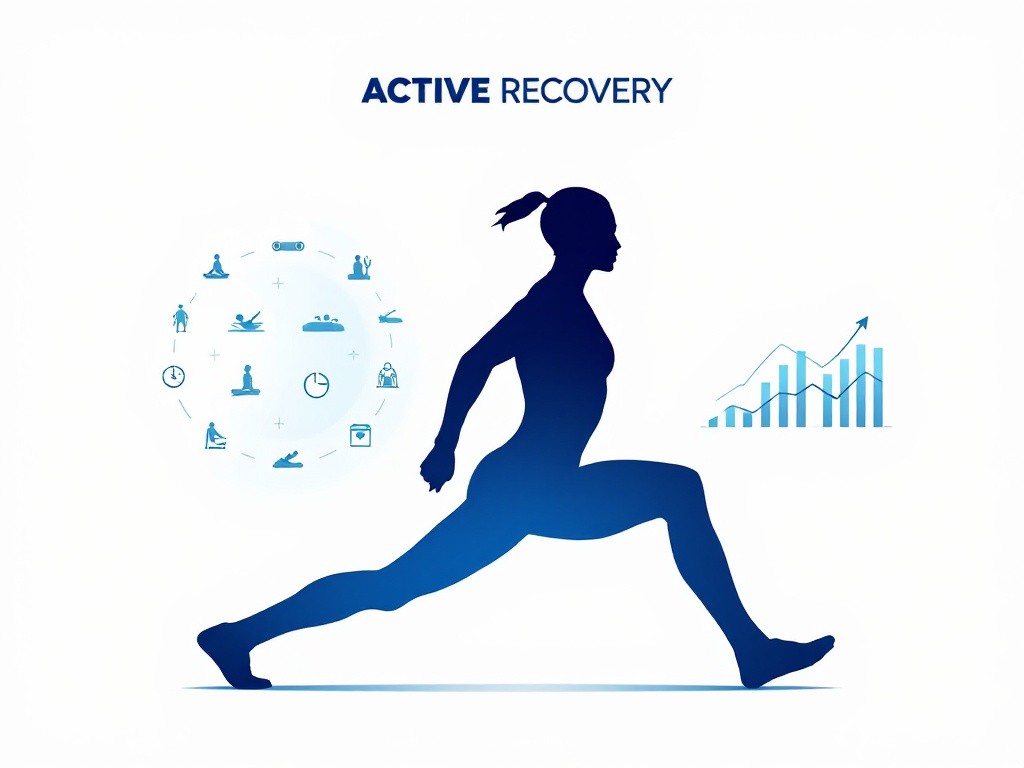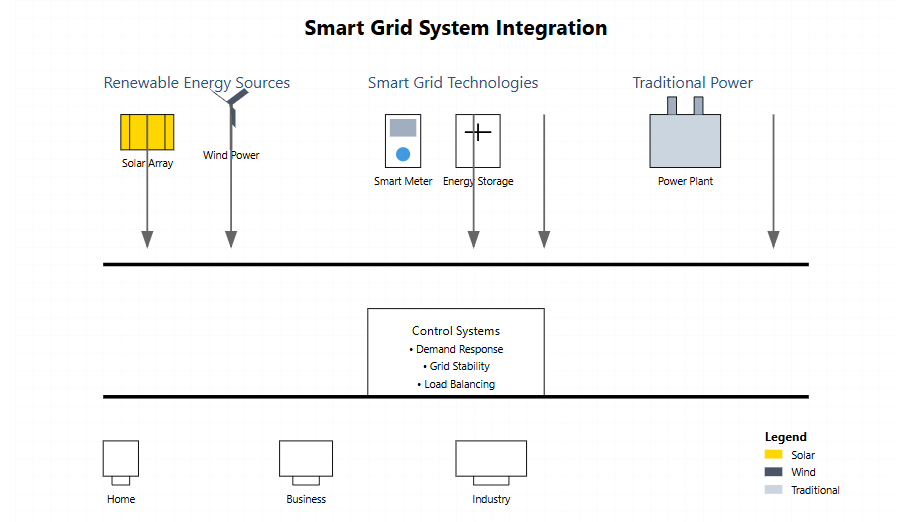Table of contents
Introduction
In the evolving landscape of sports science and performance optimization, the timing of nutrient intake has emerged as a critical factor in maximizing athletic recovery. According to research published in the Journal of the International Society of Sports Nutrition, proper nutrient timing can significantly enhance recovery outcomes and subsequent performance. While traditional approaches focused primarily on what to eat, contemporary research reveals that when you consume specific nutrients can significantly impact their effectiveness. This comprehensive guide explores the science behind nutrition timing and its crucial role in optimizing recovery for athletes and fitness enthusiasts.
Recent studies from the International Journal of Sport Nutrition and Exercise Metabolism demonstrate that strategic nutrient timing can enhance recovery rates by up to 30% compared to arbitrary feeding schedules. Understanding and implementing these timing principles can be the difference between optimal performance and suboptimal results.
The Science of Recovery Windows
The Critical Post-Exercise Period
The body’s enhanced nutrient sensitivity immediately following exercise creates what scientists term the “anabolic window.” During this period, typically lasting 30-60 minutes post-exercise, muscle cells demonstrate increased insulin sensitivity and glucose uptake capacity. Research from the Journal of Applied Physiology indicates that protein synthesis rates can be elevated by up to 50% when proper nutrition is provided during this window.

Metabolic Adaptation Phases
Recovery nutrition timing operates across three distinct phases:
- Immediate Recovery (0-2 hours post-exercise)
- Glycogen resynthesis occurs at 150% of normal rate
- Protein synthesis potential peaks
- Inflammatory response begins
- Early Recovery (2-6 hours post-exercise)
- Continued elevated glycogen storage
- Sustained protein synthesis opportunity
- Peak muscle repair processes
- Extended Recovery (6-24 hours post-exercise)
- Return to baseline metabolism
- Continued adaptation processes
- Preparation for next training session
Optimal Nutrient Timing Strategies

According to a comprehensive review in Sports Medicine, optimizing nutrient timing can enhance adaptation to training and accelerate recovery processes. Additionally, research from the National Institute of Sports Science has established clear guidelines for timing nutrient intake around exercise.
Pre-Exercise Nutrition
Timing your pre-exercise nutrition creates the foundation for effective recovery:
- 3-4 hours before: Complete meal with complex carbohydrates, lean protein, and moderate fat
- 1-2 hours before: Light meal focusing on easily digestible carbohydrates
- 30 minutes before: Optional small carbohydrate snack for glycogen topped
Intra-Exercise Nutrition
For sessions lasting longer than 60 minutes:
- Carbohydrate intake: 30-60g per hour
- Electrolyte replacement based on sweat rate
- Hydration: 150-350ml every 15-20 minutes
Post-Exercise Recovery Windows
Immediate Recovery (0-30 minutes)
The golden window for initiating recovery:
- Protein: 20-25g high-quality complete protein
- Carbohydrates: 0.8-1.2g per kg body weight
- Hydration: Replace 150% of fluid loss
Early Recovery (30-120 minutes)
Focus on sustained nutrient delivery:
- Complete protein source
- Complex carbohydrates
- Antioxidant-rich foods
Advanced Timing Considerations
Training-Specific Adjustments
Different training modalities require modified timing strategies:
- Strength Training
- Emphasize protein timing
- Higher overall protein requirements
- Strategic carbohydrate placement
- Endurance Training
- Increased carbohydrate focus
- Extended fueling windows
- Higher fluid replacement needs
- High-Intensity Interval Training
- Balanced protein and carbohydrate timing
- Emphasis on rapid glycogen replenishment
- Strategic anti-inflammatory nutrition
Individual Variation Factors
Nutrition timing must be personalized based on:
- Training status and experience
- Body composition goals
- Metabolic factors
- Training schedule
- Individual tolerance and preferences
Practical Implementation Strategies

Creating Your Timing Protocol
- Assess Your Current Schedule
- Document training times
- Note current meal timing
- Identify practical constraints
- Design Your Framework
- Map key nutrition windows
- Plan portable nutrition options
- Create backup timing strategies
- Monitor and Adjust
- Track recovery metrics
- Note energy levels
- Adjust timing based on results
Common Timing Challenges
Multiple Training Sessions
For athletes training multiple times per day:
- Prioritize rapid recovery nutrition
- Utilize liquid nutrition options
- Plan for abbreviated recovery windows
Travel and Competition
Maintaining timing during travel:
- Prepare portable nutrition options
- Account for time zone changes
- Create environment-specific strategies
Advanced Recovery Optimization
Sleep and Recovery Nutrition
Optimize overnight recovery:
- Pre-sleep protein strategy
- Slow-release protein options
- Timing final meals properly
Supplement Timing Integration
Strategic supplement timing:
- Essential amino acids
- Recovery accelerators
- Micronutrient timing
Future Trends in Recovery Nutrition
Emerging Research Areas
Current studies are exploring:
- Chronobiology and nutrient timing
- Genetic influences on timing requirements
- Technology-driven timing optimization
Technology Integration
Recent findings from Stanford University’s Department of Sports Medicine demonstrate how technology is revolutionizing nutrient timing optimization. Furthermore, a groundbreaking study published in the Medicine & Science in Sports & Exercise journal reveals how wearable technology can enhance nutrition timing accuracy.
Advancing timing precision through:
- Wearable recovery metrics
- Real-time adaptation algorithms
- Personalized timing apps
Conclusion
Strategic nutrition timing represents a powerful tool for optimizing recovery and performance. By understanding and implementing these evidence-based timing strategies, athletes and fitness enthusiasts can significantly enhance their recovery outcomes. Success lies in creating a personalized, practical approach that aligns with individual goals, schedules, and responses.
The future of recovery nutrition timing continues to evolve with new research and technology. Staying informed about these developments while maintaining consistent implementation of proven strategies will help ensure optimal recovery and performance outcomes.
Remember that while timing is crucial, it should enhance rather than complicate your nutrition strategy. Start with the fundamental principles outlined here, then gradually incorporate more advanced concepts as you master the basics.
Implementation Checklist
- Document your current training schedule
- Identify key nutrition timing windows
- Create a practical meal timing plan
- Prepare portable nutrition options
- Monitor and adjust based on results
- Stay updated on emerging research
By following these guidelines and continuously refining your approach, you can maximize the benefits of strategic nutrition timing for peak recovery.










